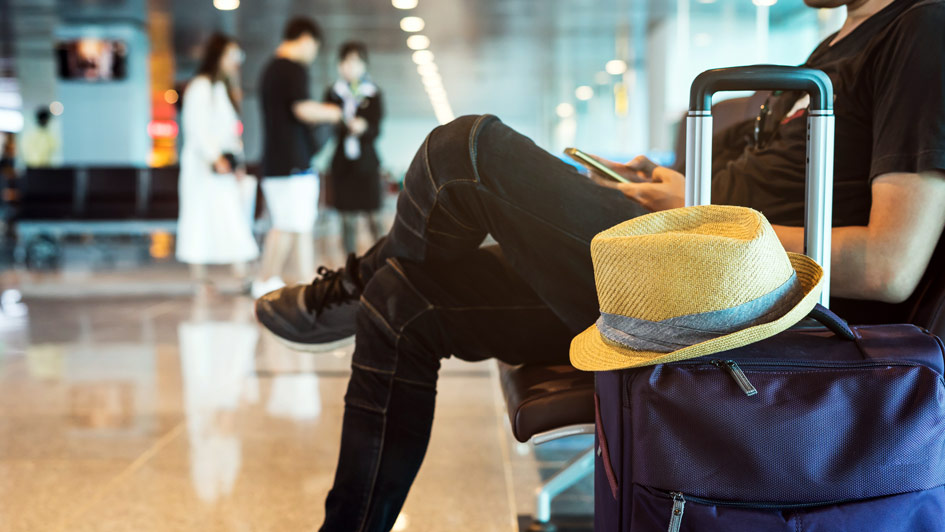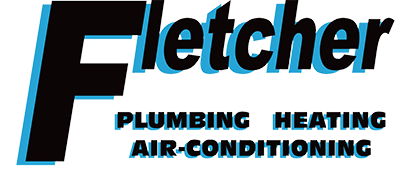
Whether it’s a much-needed vacation or an extended trip for work, traveling means making plans for your home comfort system. You can't use it if you’re away, so you can adjust it as needed to minimize your energy use. Just the same, you shouldn't just shut it down for the entire duration of your trip.
In general, it’s best to leave your HVAC system going and just make adjustments depending on the season. That way you can minimize energy costs without worrying about coming back to an uncomfortable home. We’ll walk you through why you shouldn’t turn your HVAC system off as well as the most energy-efficient thermostat settings for summer and winter.
This Is Why You Don't Leave Your Thermostat on Hold
While you could be wanting to shut your HVAC system down before a trip, this could end up stirring up costly problems by the time you return. This is especially true in case the weather will be severely hot or cold while you’re gone.
For instance, turning the HVAC system off in the summer will sometimes lead to very high humidity. Not only will your home feel like a swamp when you return, but it may have also invited mold/mildew growth or pest infestations.
And during the winter, leaving the furnace off will sometimes lead to pipes freezing up or even bursting. It’s an awful feeling to come home from a long trip only to find substantial water damage near a broken pipe.
Ideal Thermostat Settings While at Work
You can make temperature adjustments even as you come and go to work. Since you’re away for around 8 hours or so, it doesn’t make sense to keep an empty home the same temperature as when you're home. As a general rule, it’s suggested to adjust the thermostat by 5 degrees or more. This means that if you prefer a comfortable 72 degrees, consider raising it to 76-77 while you’re out.
But you may save even more if you try further adjustments to the temperature. As stated by the Department of Energy, you may save about 10% on your HVAC expenses by making an adjustment of 7-10 degrees.
Energy-Efficient Thermostat Settings While on Vacation in Summer
If you’re leaving for a lengthier trip in the hottest part of summer, you can make more significant adjustments. This prevents wasting energy while still protecting your home from the issues that come with leaving it un-air conditioned. About 5 degrees is appropriate for brief trips while closer to 10 degrees is ideal if you’ll be away from home for 2 weeks or more. If you prefer keeping the house at 72 in the summer, 78-82 should offer beneficial results.
Recommended Thermostat Settings While Away from Home in Winter
To figure out the ideal thermostat setting for a winter getaway, consider lowering the temperature by the same amount you would raise it in summer. 68 is a frequent winter thermostat setting, so turning it down to 63-58 will protect your plumbing while restricting how long your furnace runs.
A Smart Thermostat Can Help: Perks of a Smart Thermostat
One of the best ways to optimize your home’s HVAC system while away from home is using a smart thermostat. This special type of programmable thermostat utilizes intelligent software to track your typical comfort habits. It applies these preferences and makes automatic changes to the schedule for higher energy efficiency. And with Wi-Fi integration, you can remotely access your HVAC system with a mobile device or tablet.
Smart thermostats are loaded with features to help you save on your energy bill. For instance, certain models can observe electricity prices to bolster heating or cooling when prices are more affordable. They can also work with high-efficiency, variable-speed equipment to refine how long your HVAC system has to run. It’s the perfect tool to simplify how you use your comfort system. If you’re planning on investing in a smart thermostat, there are a variety of ways you can bring down your costs, in essence getting a smart thermostat for free. The next time you leave for vacation, you can receive true peace of mind that your HVAC system won’t stir up any trouble while you’re away.
